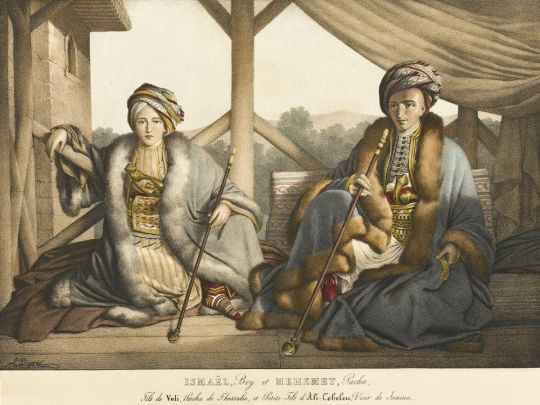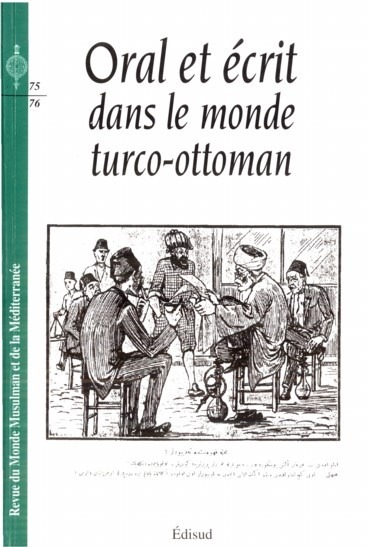Text
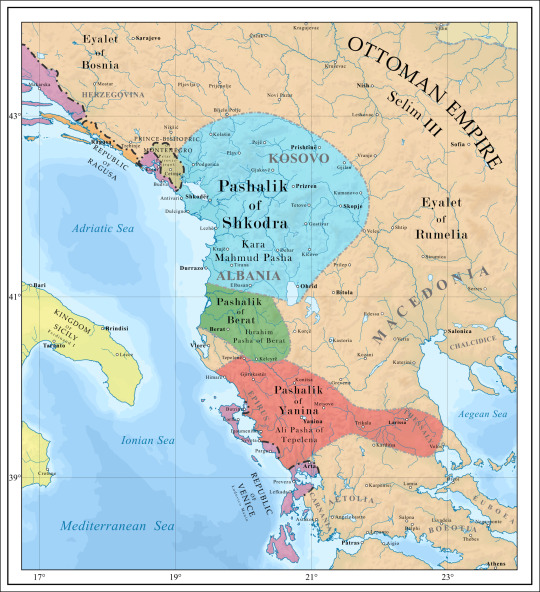
Map depicting the Albanian pashaliks within the Ottoman Empire in 1790-1795.
Gjeli, Ardit (2018) Between rebellion and obedience: The rise and fall of Bushatli Mahmud Pasha of Shkodra (1752-1796) (Thesis)[1], Istanbul Sehir University
Mazower, Mark (2021) (in English) The Greek Revolution: 1821 and the Making of Modern Europe, Penguin ISBN: 978-0-698-16398-0.
Visualizing Ali Pasha Order: Relations, Networks and Scales. Stanford University.
Xhaferri, Përparim (2019) Albanian National Identity in the twenty-first century: Escaping from the Ottoman heritage? (Thesis)[2], University of Sydney
7 notes
·
View notes
Text
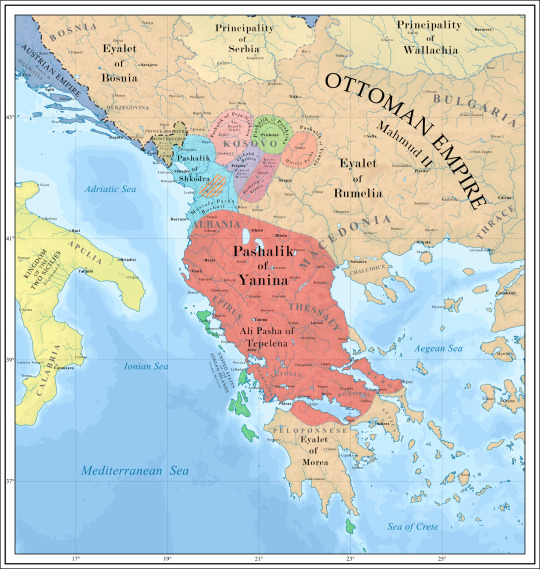
L’ALBANIA FEUDALE NELL’IMPERO OTTOMANO
Testi e libri:
Mazower, Mark (2021) (in English) The Greek Revolution: 1821 and the Making of Modern Europe, Penguin ISBN: 978-0-698-16398-0.
Gjeli, Ardit (2018) Between rebellion and obedience: The rise and fall of Bushatli Mahmud Pasha of Shkodra (1752-1796) (Thesis)[1], Istanbul Sehir University
Xhaferri, Përparim (2019) Albanian National Identity in the twenty-first century: Escaping from the Ottoman heritage? (Thesis)[2], University of Sydney
Peteinaris, Petros (2000). "The Bey Apologises". Newstead Abbey Byron Society Review (July 2000).
Vishko, Ali. Pashallëku i Tetovës nën Abdurrahman Pashën. Virtual Museum of Tetovo.
Shabani, Fahredin (2012). "Kontributi i Tajar Bej Tetovës për çështjen kombëtare Shqiptare". Studime Albanologjike: 151.
Anamali, Skënder (2002) (in Albanian) Historia e popullit shqiptar në katër vëllime, I, Botimet Toena OCLC: 52411919.
Fonte: https://commons.m.wikimedia.org/wiki/File:Albanian_Pashaliks,_1815-1821.png#mw-jump-to-license
0 notes
Text
https://books.google.com/books/about/Saggio_delli_commerciali_rapporti_dei_Ve.html?hl=it&id=XjsObA-gLJIC
0 notes
Text
Over the centuries many families have claimed descent from one or several medieval Dukagjini branches. As research is moving forwards, more will be found about their links to the Dukagjini family. The Dukaginzade are the only historically documented surviving branch of the Dukagjini family today. They are direct descendants of Lekë III Dukagjini via his grandson Ahmed/Progon who became known as Dukaginzade (son of Dukagjin) in the Ottoman Empire. Spellings of the surname include Dukaginzade (pl. Dukaginzadeler), Dukakinzade, Dukaginoglu (pl. Dukaginogullari).
https://www.dukagjini.org/history/blog-post-title-four-ff27g
0 notes
Text
Even today one can still find many people in central and southern Greece whose mother tongue is not Greek, but Albanian, and who are not recent immigrants but members of an Albanian minority that has been in Greece for centuries. Their language, moribund for decades now and in many ways the most archaic dialect of Albanian spoken anywhere, is known in Albanian as "Arbërisht" and in Greek as "Arvanitiká." The language is on the verge of extinction as the vast majority of competent speakers are now over 80 years old. Who are these Albanians and when did they arrive in southern Greece? This is a question to which Greek scholar Titos Jochalas (b. 1942) has devoted the following article. Jochalas, former director of the Greek Centre for Southeast European Studies in Athens, has published widely on the Albanian minority in Greece, their language and folklore. Among his recent books are: "Arbanitika paramythia kai doxasies" (Arvanitika Folk Tales and Beliefs), Athens 1997, "Euboia: ta Arbanitika" (Euboea: Arvanitika) Athens 2002; "Hydra: lêsmonêmenê glôssa" (Hydra: A Forgotten Language), Athens 2006; "Andros: Arbanitês kai Arbanitika" (Andros: Albanians and Arvanitika), Athens 2010, and "Hê arbanitia sto Moria: chronika poreias" (Albanian in the Morea: Annals of a March in Time), Athens 2011.
http://www.albanianhistory.net/1971_Jochalas/index.html
0 notes
Text
0 notes
Text
0 notes
Text
Albero genealogico dei Castriota
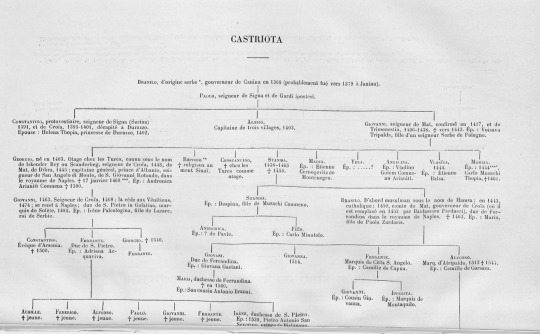
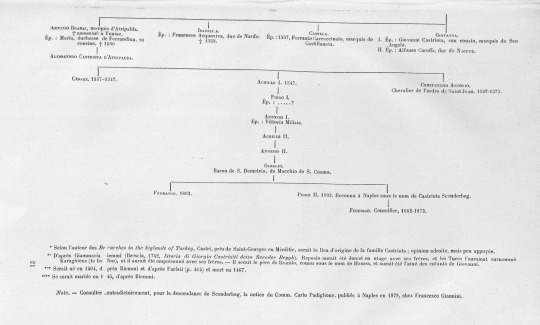
Albero genealogico dei Dukagin

Albero genealogico dei Capi della Miredita
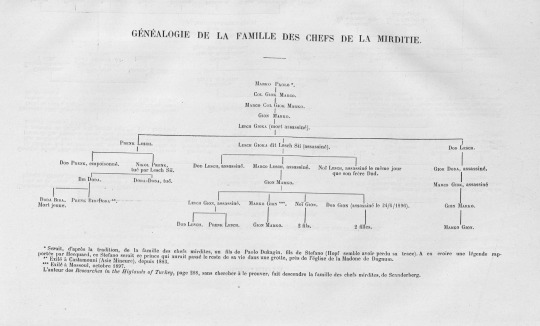
Albero genealogico dei Toptani

0 notes
Text
The grave of one of the grandsons of Skender Beg/George Kastrioty, Muhammed Beg at Balchik Tekke at Ayyoub-Istanbul
Arnavut İskender Beğ'in torunlarından Mehmed Beğ'in İstanbul-Eyüp Balçık Tekkesi Haziresindeki Kabri.
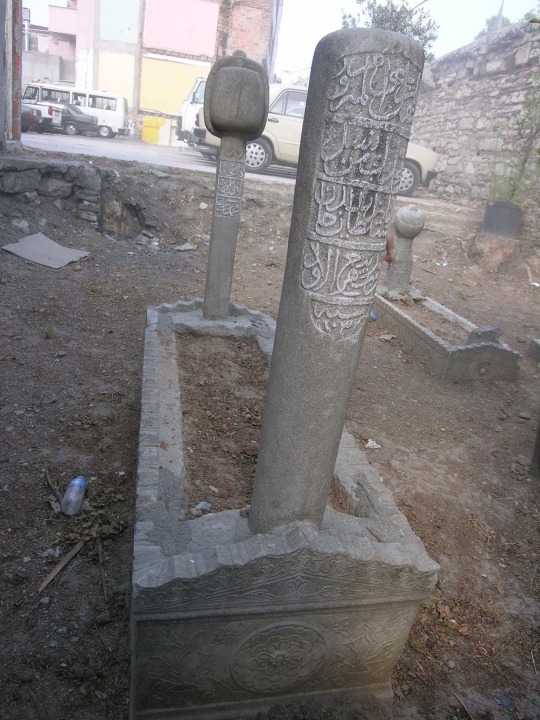
0 notes
Text
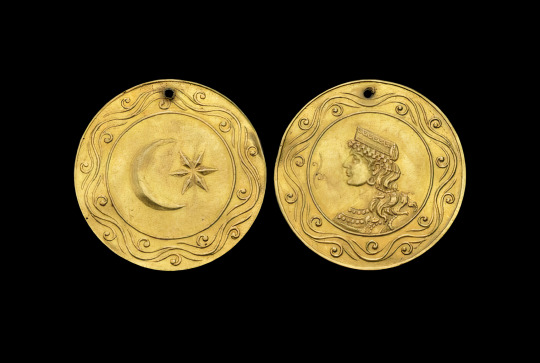
Medaglione di Ali Pasha di Tepeleni
In pieno stile bizantino balcanico in epoca ottomana
Fonte
https://commons.wikimedia.org/wiki/File:Medalioni_i_Ali_Pash%C3%ABs_(1807).png
0 notes
Text
Gli Albanesi rappresentati dal Barone Otto Magnus von Stackleberg, nel “Costumes & Usages des Peuples de la Grèce Moderne dessinés sur les lieux…, Paris, Senefelder & Formentin pour Marino, ca. 1828.”

Janissaire de Jannina, dessiné par le baron de Stackelberg.

Officier Albanais, dessiné par le baron de Stackelberg.
0 notes
Text
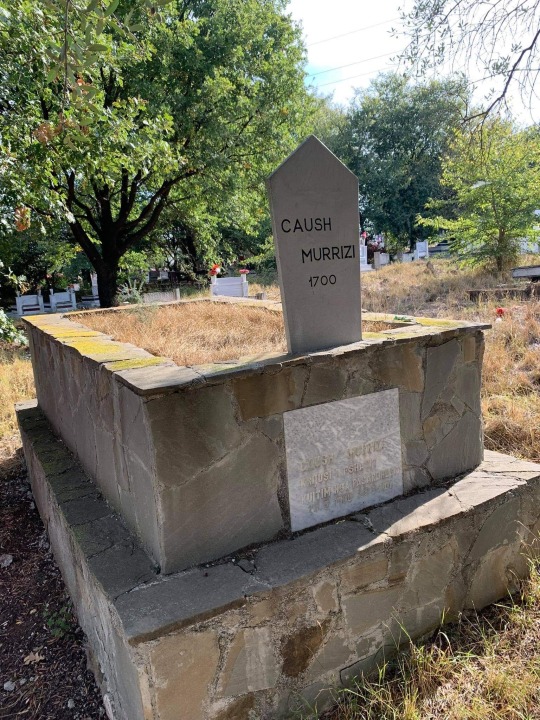
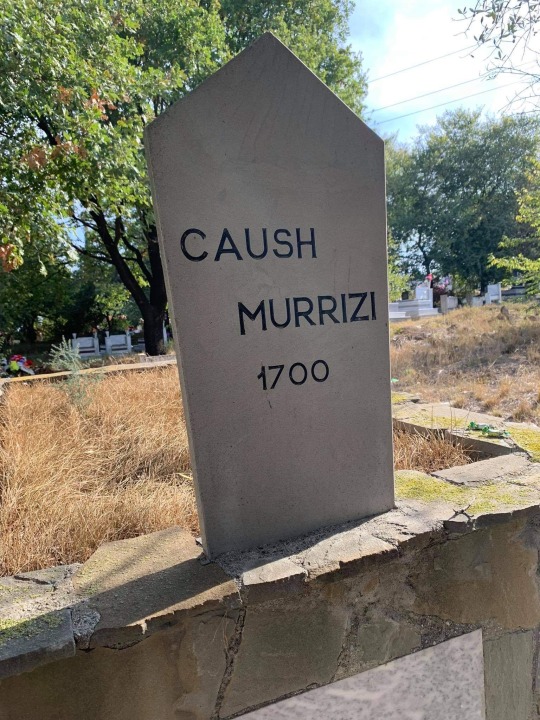

Caush Murrizi, Krijusi i Fshati Shenpremtja
Nonno del mio trisnonno materno Havid Murrizi
0 notes
Text
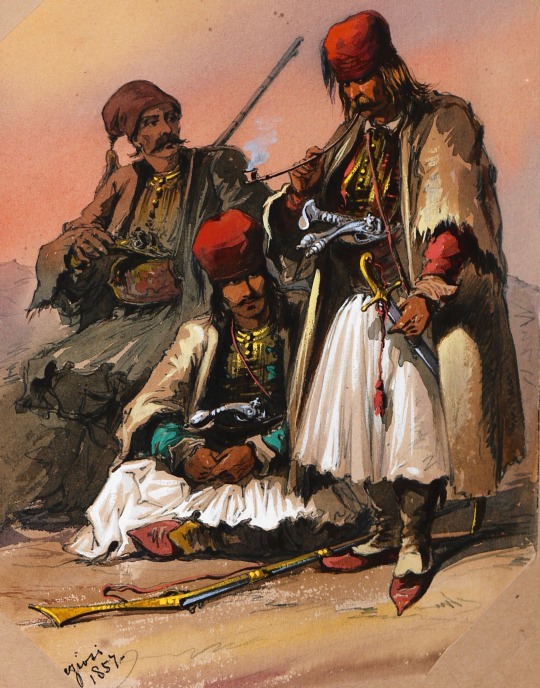
Arvanites (Greek Albanians) 1852-1857
PREZIOSI, Amedeo. Collection of 113 original watercolor drawings of Turkish costume and street-scenes, many are signed by the artist, and a few dated [1852-1857], vol. I.
http://eng.travelogues.gr/item.php?view=60955
2 notes
·
View notes
